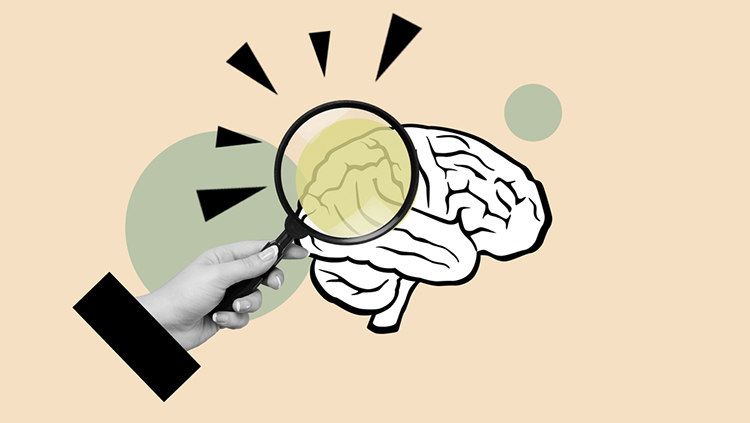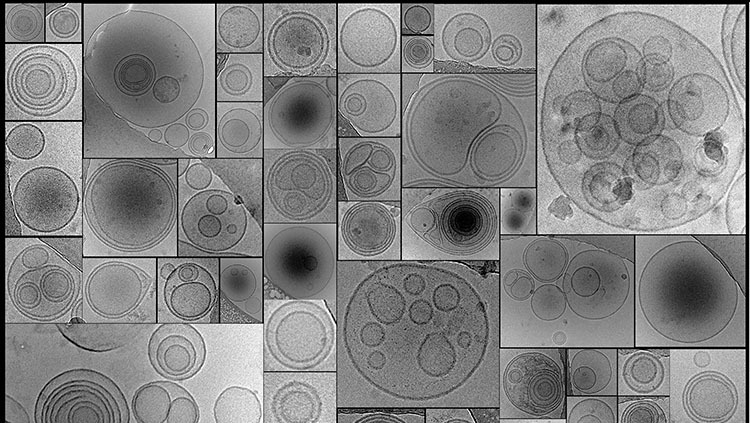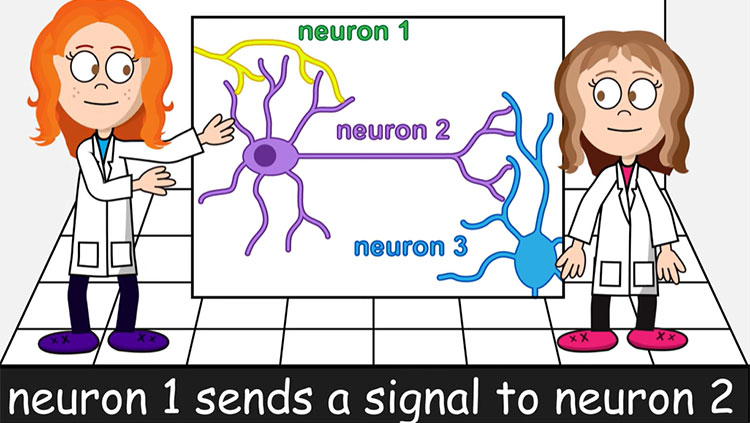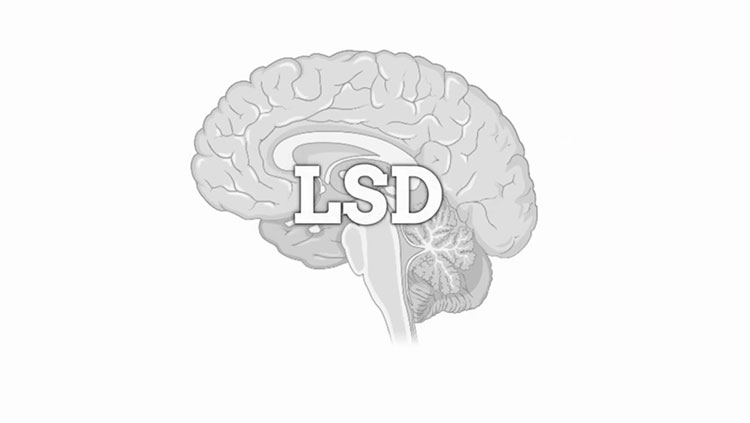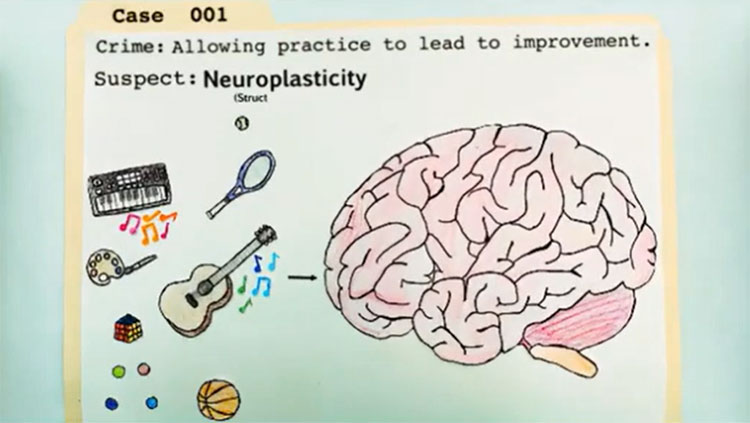Nonclassical Brain Communicators
- Published1 Apr 2012
- Reviewed1 Apr 2012
- Source BrainFacts/SfN
The brain uses some unconventional means to communicate.
Peptides
Short chains of amino acids that are linked together, peptides are synthesized in the cell body and greatly outnumber the classical transmitters discussed earlier. In 1973, scientists discovered receptors for opiates on neurons in several regions of the brain, suggesting that the brain must make substances very similar to opium. Shortly thereafter, scientists made their first discovery of an opiate peptide produced by the brain. This chemical resembles morphine, an opium derivative used medically to kill pain. Scientists named this substance enkephalin, literally meaning “in the head.” Soon after, other types of opioid peptides were discovered. These were named endorphins, meaning “endogenous morphine.” The precise role of the naturally occurring opioid peptides is unclear. A simple hypothesis is that they are released by brain neurons in times of stress to minimize pain and enhance adaptive behavior. Some sensory nerves — tiny unmyelinated C fibers — contain a peptide called substance P, which causes the sensation of burning pain. The active component of chili peppers, capsaicin, causes the release of substance P, something people should be aware of before eating them.
Trophic Factors
Researchers have discovered several small proteins in the brain that act as trophic factors, substances that are necessary for the development, function, and survival of specific groups of neurons. These small proteins are made in brain cells, released locally in the brain, and bind to receptors expressed by specific neurons. Researchers also have identified genes that code for receptors and are involved in the signaling mechanisms of trophic factors. These findings are expected to result in a greater understanding of how trophic factors work in the brain. This information should also prove useful for the design of new therapies for brain disorders of development and for degenerative diseases, including Alzheimer’s disease and Parkinson’s disease
Gases
Scientists have identified a new class of neurotransmitters that are gases. These molecules — nitric oxide and carbon monoxide — do not act like other neurotransmitters. Being gases, they are not stored in any structure, certainly not in storage structures for classical and peptide transmitters. Instead, they are made by enzymes as they are needed and released from neurons by diffusion. Rather than acting at receptor sites, these gases simply diffuse into adjacent neurons and act upon chemical targets, which may be enzymes.
Although exact functions for carbon monoxide have not been determined, nitric oxide has already been shown to play several important roles. For example, nitric oxide neurotransmission governs erection in the penis. In nerves of the intestine, it governs the relaxation that contributes to the normal movements of digestion. In the brain, nitric oxide is the major regulator of the intracellular messenger molecule cyclic GMP. In conditions of excess glutamate release, as occurs in stroke, neuronal damage following the stroke may be attributable in part to nitric oxide.
Lipid Messengers
In addition to gases, which act rapidly, the brain also derives signals from lipids. Prostaglandins are a class of compounds made from lipids by an enzyme called cyclooxygenase. These very small and short-lived molecules have powerful effects, including the induction of a fever and the generation of pain in response to inflammation. Aspirin reduces a fever and lowers pain by inhibiting the cyclooxygenase enzyme. A second class of membrane-derived messenger is the brain’s own marijuana, referred to as endocannabinoids, because they are in essence cannabis made by the brain. These messengers control the release of neurotransmitters, usually by inhibiting them, and can also affect the immune system and other cellular parameters still being discovered. Endocannabinoids play an important role in the control of behaviors. They increase in the brain under stressful conditions.
CONTENT PROVIDED BY
BrainFacts/SfN
Also In Cells & Circuits
Trending
Popular articles on BrainFacts.org


